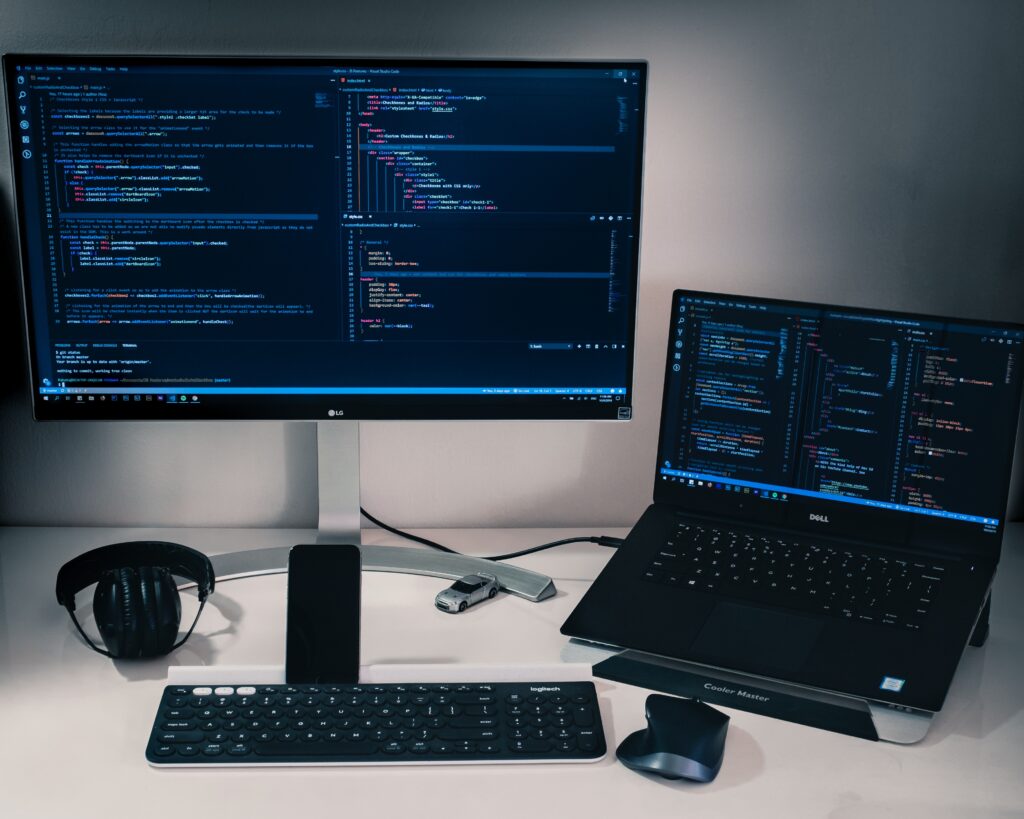How to choose the right video for staff training

Training of employees using video footage is becoming more and more a part of the practice of many Russian companies every day. Most companies have sufficiently qualified specialists who can organize and conduct training at the enterprise without the involvement of outside trainers.
Internal training of employees better takes into account the needs of the organization, forms a team spirit, requires a small cost. However, the training of such
training is a more time-consuming job for a coach.
For internal training it is necessary:
Define learning objectives.
In accordance with the learning objectives, define specific learning objectives.
To select or develop training methods, that is, the form in which training will be delivered.
Choose the training tools.
I wanted to elaborate on this last point, because the choice of learning tools ultimately affects the effectiveness of learning new skills.
How do the staff learn now? Modern training is characterized by short duration, maximum immersion in the learning process and immediate testing of new skills in practice. Practice has shown that the most convenient way to show specific situations from a professional career is through a video format. The film becomes an auxiliary element of the learning process.
To date, trainers use five main formats of training video:
Format 1. Reportage .
A video may be a TV report on an event related to the topic of study. In general, such videos can be easily found on the Internet. The format is easy to use in the classroom; the only problem is that trainers of trainers do not always have access to specific case studies.
Format 2. Video standard .
A video standard can be a corporate video of a company, for example, on the topic of proper communication with customers or corporate culture. By showing such a video in a class, the trainer can introduce the trainees to the topic and emphasize the main objectives of the training.
Format 3. Shooting at a training session
Videos of this format are usually used to give listeners a chance to look at themselves from a distance. A coach can give an assignment or play an RPG while everything that happens is recorded on camera. The coach and listeners then watch the footage, review mistakes and correct decisions, point out important things and draw conclusions.
Format 4. Video course .
This option of using video films is more suitable for various long-term professional development programs, business education.
Video courses are developed by professionals specifically for training purposes and are usually accompanied by a printed manual. The movie should be viewed several times. The first time – in full (for familiarization); the second and subsequent times – stopping after each fragment and analyzing what you have seen, trying to identify the causes of the problems presented, mistakes made by the characters, techniques and methods used by them.
After that to fix the material it is necessary to start to analyse practical situations and to answer control questions from the printed manual.
This method is also suitable for small companies that do not have dedicated staff training specialists, and for those interested in self-education.
Format 5. Video case .
The video case is based on a Harvard model of a case study and reflects typical professional situations for parsing and developing useful skills. Moreover, specially made feature films are more effective, allowing you to consider the whole problem, show the most important principles, techniques and possible errors in the implementation of the activity.
This format presupposes practical training, during which the participants together with the presenter watch the video film in full or in part and analyze specific situations, discuss the heroes’ actions, their behavior, and develop certain skills.
For example, the story of a video case on the correct conduct of an interview with an applicant may be based on the wrong behavior model of a recruiting manager. The manager faces a difficult task, because it is much harder to attract a professional than to recruit poorly qualified staff. However, he begins to ask compromising questions, interrupts the applicant, talks about the problems in the company. As a result, the applicant has a negative image of the company as a whole. And now he thinks about whether to apply for this job.

The main training tasks of such a video case are to identify ineffective actions of managers, to predict the development of the existing situation, to develop the correct model of interviewing with the mistakes of the characters.
When working with a video trainer is recommended to study the film in detail before the class, dividing it into certain semantic episodes.
Thus, working with video on training allows:
Immerse the training participants in a real problem situation.
Increase the efficiency of learning material assimilation
It is easy to find similar examples from the real professional life of employees
Develop practical skills directly in the classroom
To bring up various theoretical concepts to develop a solution to a problem situation
Shift the focus of learning from knowledge transfer to the development of specific skills
As you can see, you can use video films in different formats when training your employees. The peculiarity of video is its universality: on the one hand, a positive emotional mood of the group is formed, on the other hand, the group is quickly involved in the learning process, the motivation to obtain new knowledge increases, and thus the goals are realized.